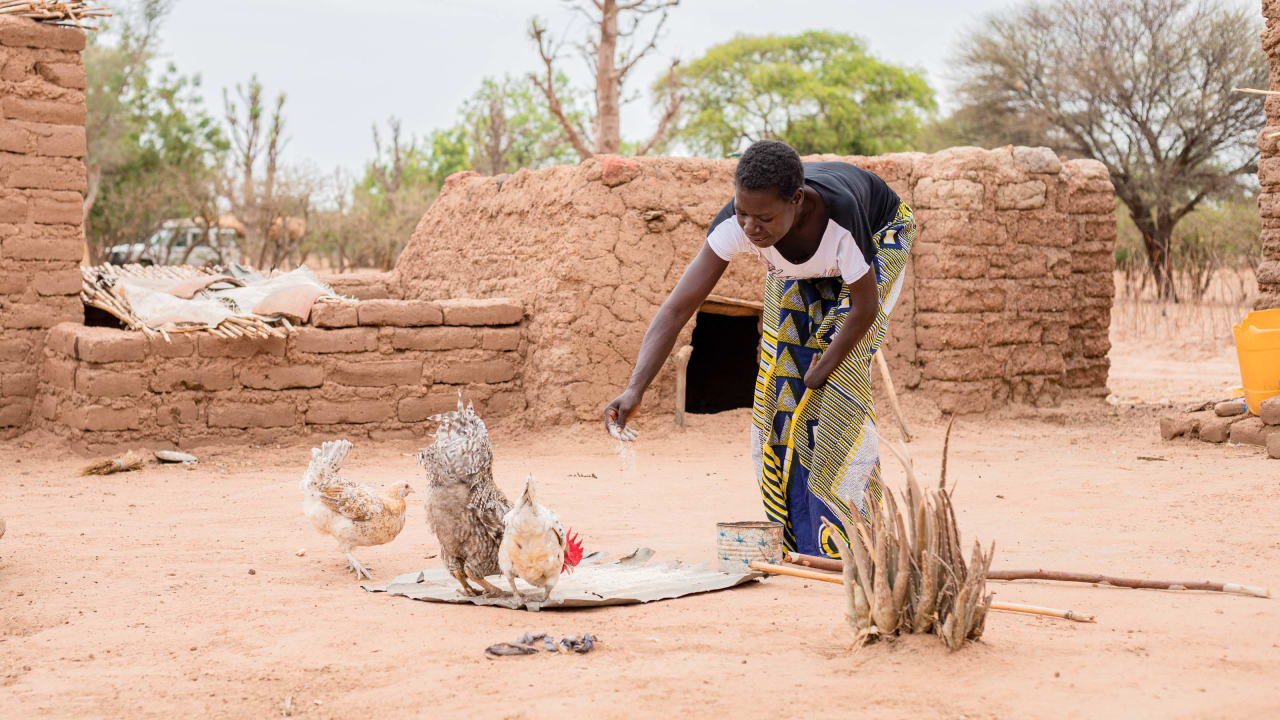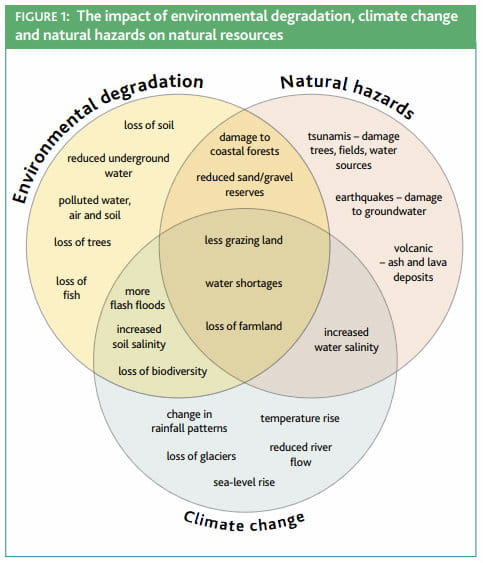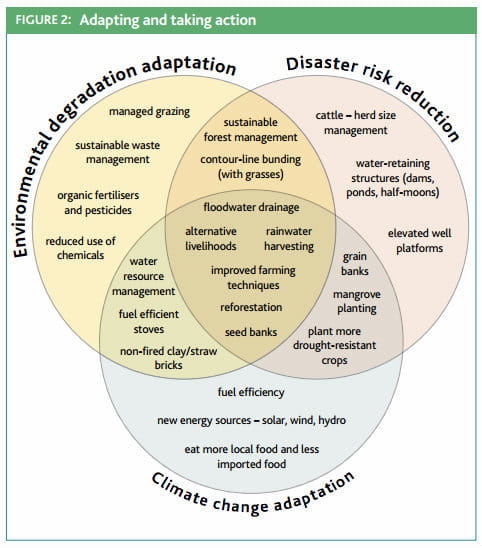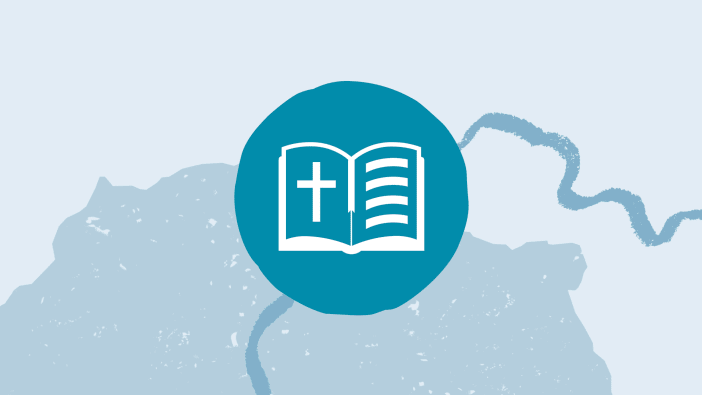Natural resources are essential for all of us. Every time we prepare a meal, we use natural resources. For many of us, trees, bamboo and grasses provide the raw materials for housing. Natural vegetation feeds our cattle, natural fibres clothe our bodies, wood and coal provide much of the energy for lighting and heating, and wild plants are the source of herbal medicines. Perhaps the most precious resource of all is water – for drinking, bathing, cooking and agriculture.
Natural resources include all plants, animals and insects, as well as the non-living world. The complex interactions between them are essential for sustaining life. God has created an intricate web of relationships between all these parts of creation, each dependent upon many others. People are caretakers of God’s world. If we abuse our position and misuse or destroy one resource, such as water or an animal species, we damage the sensitive balance of all these systems.
And yet these resources are under threat. Some scientists tell us that over a third of all plants, animals and insects are at risk of extinction, with over 70 per cent of all plant species threatened. By the year 2025, around six billion people will be living in countries facing water shortages. Each year, an area of forest the size of Bangladesh is destroyed. Areas which were previously productive fields, dense forests or cattle grazing areas will change into unproductive desert. Many more countries will suffer food shortages and poor people will be worst affected.
Why are natural resources under threat?
- climate change
- environmental degradation
- natural hazards.
Climate change is leading to more frequent and severe weather events, such as wind-storms. It is also leading to big changes in rainfall patterns, causing floods and droughts. The growing conditions for plants and food crops are changing – some will adapt and survive, others will disappear. This is undermining livelihoods (eg farming), forcing people to move to vulnerable locations, or forcing them to exploit natural resources to survive (eg by tree cutting).
Environmental degradation is mostly man-made and due to the over-exploitation or pollution of natural resources. For example, the excessive removal of underground water by farms and factories, the over-extraction of minerals and the pollution of water courses will all affect the environment. Cutting down trees reduces the ability of soil to absorb heavy rain and reduces the land’s ability to support natural vegetation.
Natural hazards, both weather-related (eg floods, cyclones and droughts) and geo-physical (eg earthquakes and volcanoes) have always been present. When natural hazards affect a vulnerable population, disaster is the consequence. Around nine out of ten disasters are related to the climate. Some of these hazards have a devastating impact upon natural resources: cyclones flatten trees, tidal surges pollute fields and ponds with salty water, and drought takes away water-holes and pasture for cattle. (See figure 1.)











